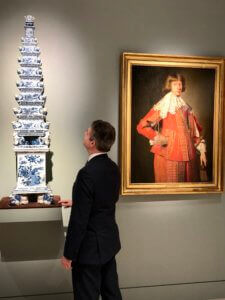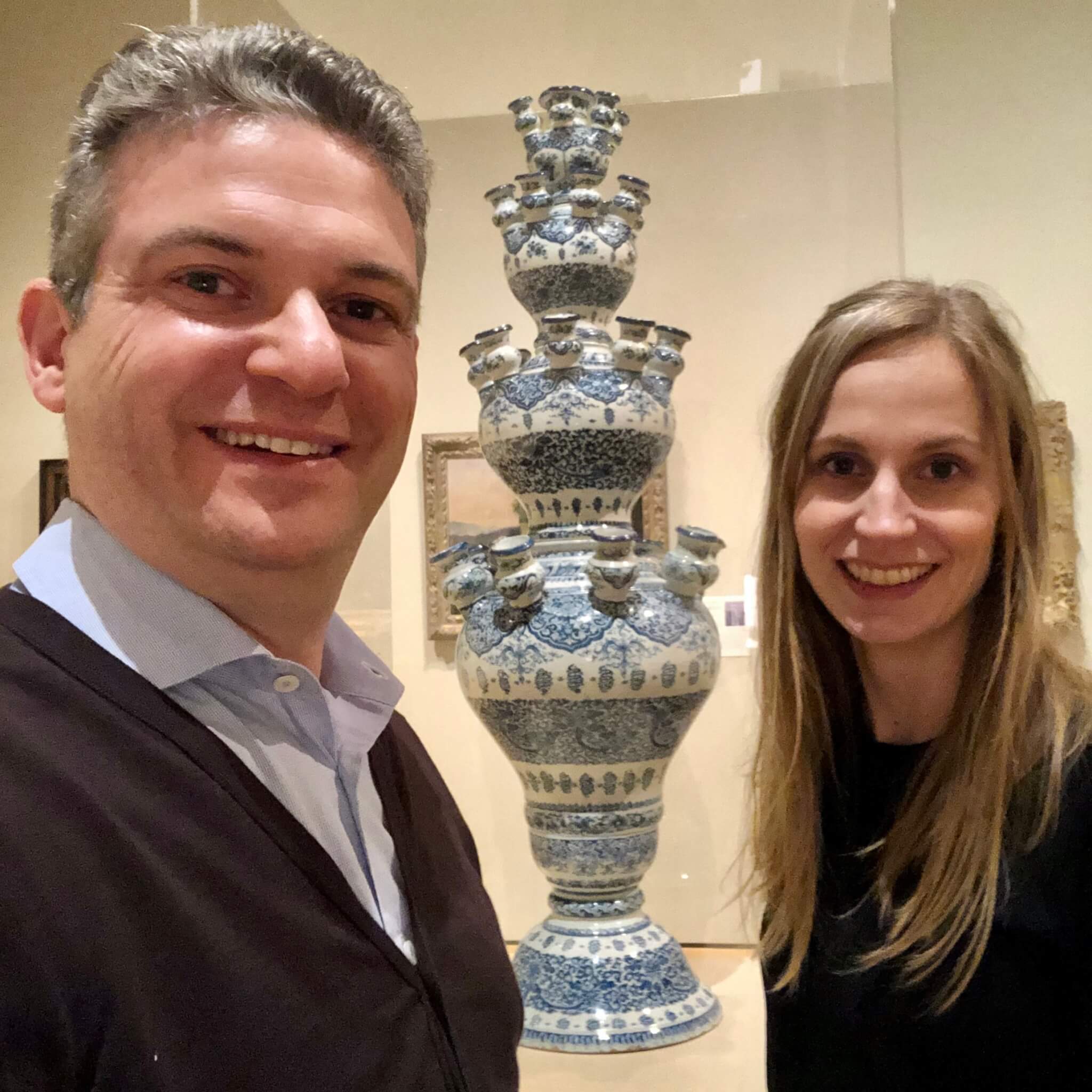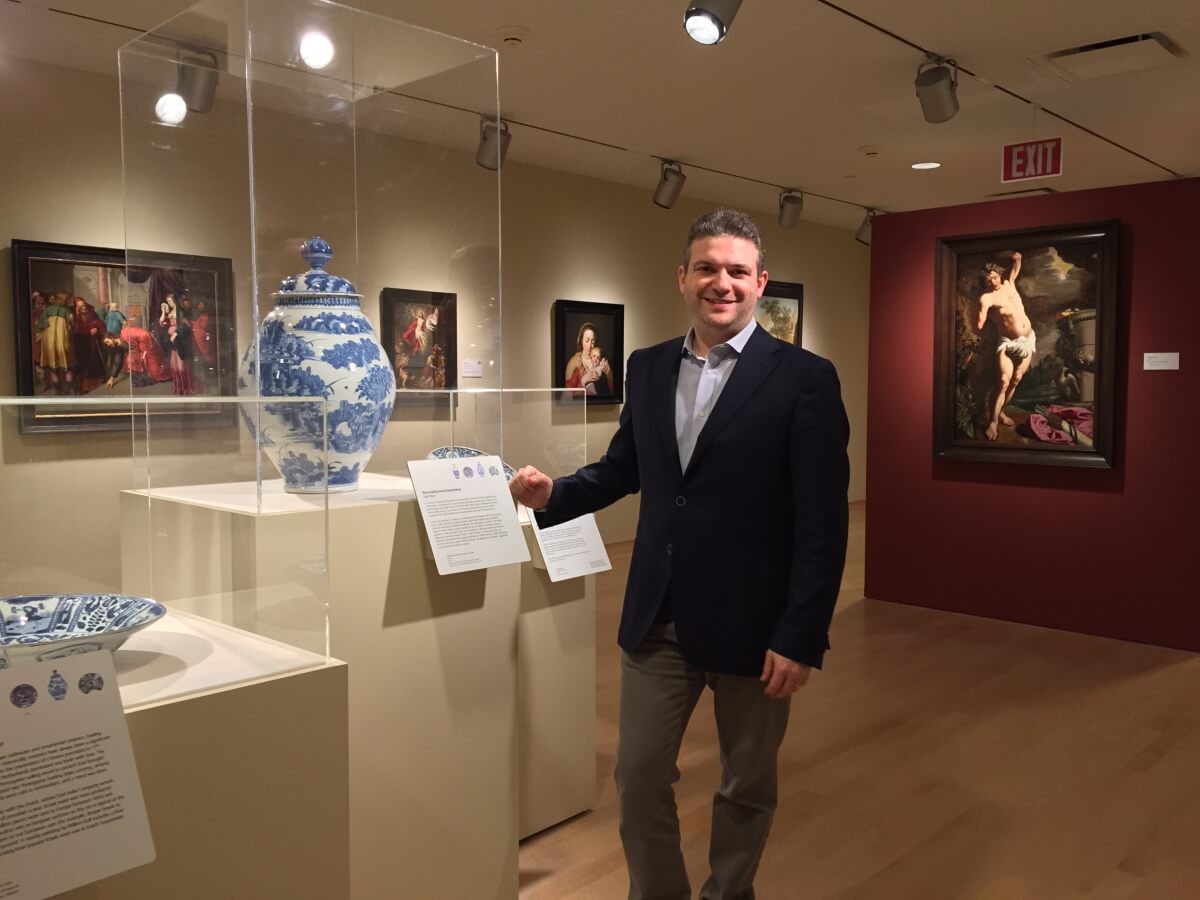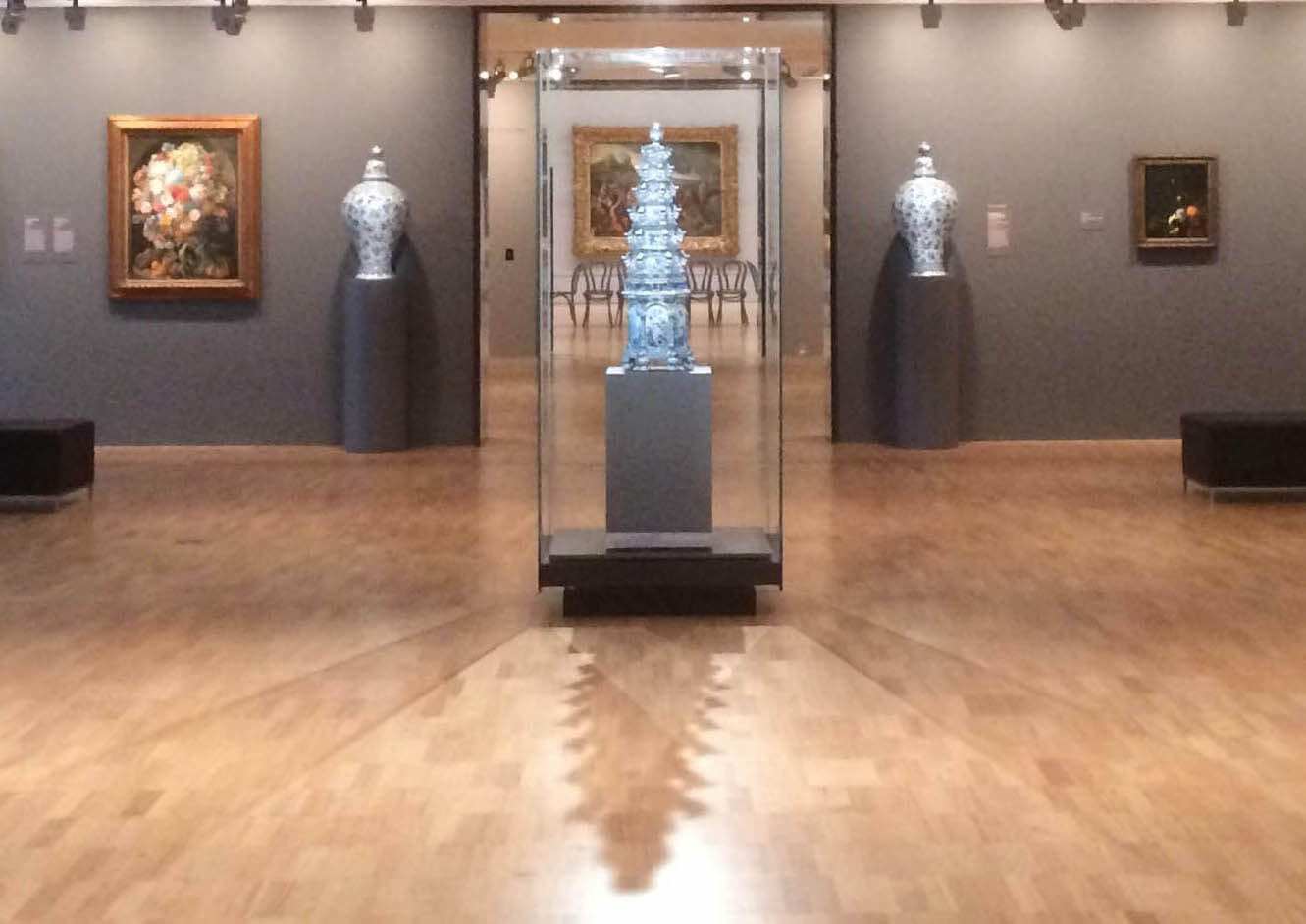
Delftware is a type of ceramic that was produced in the Dutch city of Delft from the 17th to the 19th centuries. It is initially known for its blue and white color scheme, which was originally inspired by Chinese porcelain. This inspired the known that it is generally known by ‘Delft Blue.’ Delftware, as we call the original ceramics product, was made in a variety of forms, including vases, plates, tiles, and figurines. The value of Delftware depends on its age, condition, rarity, and the reputation of the maker. Pieces that are older, in good condition, and made by well-known or highly regarded Delftware manufacturers are generally more valuable. The rarity of a piece can also affect its value, as pieces that are more difficult to find or were made in small quantities are often more valuable. The demand for Delftware can also affect its value, as pieces that are more popular or in high demand may be worth more. What makes Delftware such an interesting collecting field is that some examples can be worth ‘only’ a few hundred dollars, while rare objects can be worth thousands of dollars or especially iconic pieces as large stacked flower vases, many times more.
Determining the value of antique Delftware involves a combination of factors, some key considerations:
1. Age and Rarity: Older pieces tend to be more valuable, especially if they are from the 17th or 18th centuries. Rarity and limited production runs also increase value.
2. Maker and Origin: The reputation of the maker and the specific region of origin can significantly impact value. Delft, Deft, or Delfts pieces from the Netherlands are highly sought after.
3. Quality and Condition: The quality of the craftsmanship, glazing, and painting can affect value. Pieces in excellent condition are more valuable, while those with damage or restoration may be less so.
4. Style and Design: The intricacy of the design, motifs, and the resemblance to sought-after patterns can influence value.
5. Provenance: Knowing the history and previous ownership of a piece can add to its value, especially if it has a notable history or association.
6. Comparative Analysis: Researching and comparing similar items sold at auctions or by reputable dealers can provide insights into current market values.
7. Authentication: Ensuring that a piece is authentic and not a reproduction is crucial. Seek expert appraisals or authentication if needed.
8. Market Trends: Stay informed about current market trends and collector preferences, as these can affect the value of Delftware.
9. Documentation and Records: Maintaining detailed records and documentation of your pieces, including photographs, can be helpful for both valuation and provenance.
Aronson Antiquairs of Amsterdam, specialists in the field, can certainly help you evaluate your object or entire collection. Contact us by e-mail (link below) or by telephone.
Please contact (link) us, should you have any further questions.









